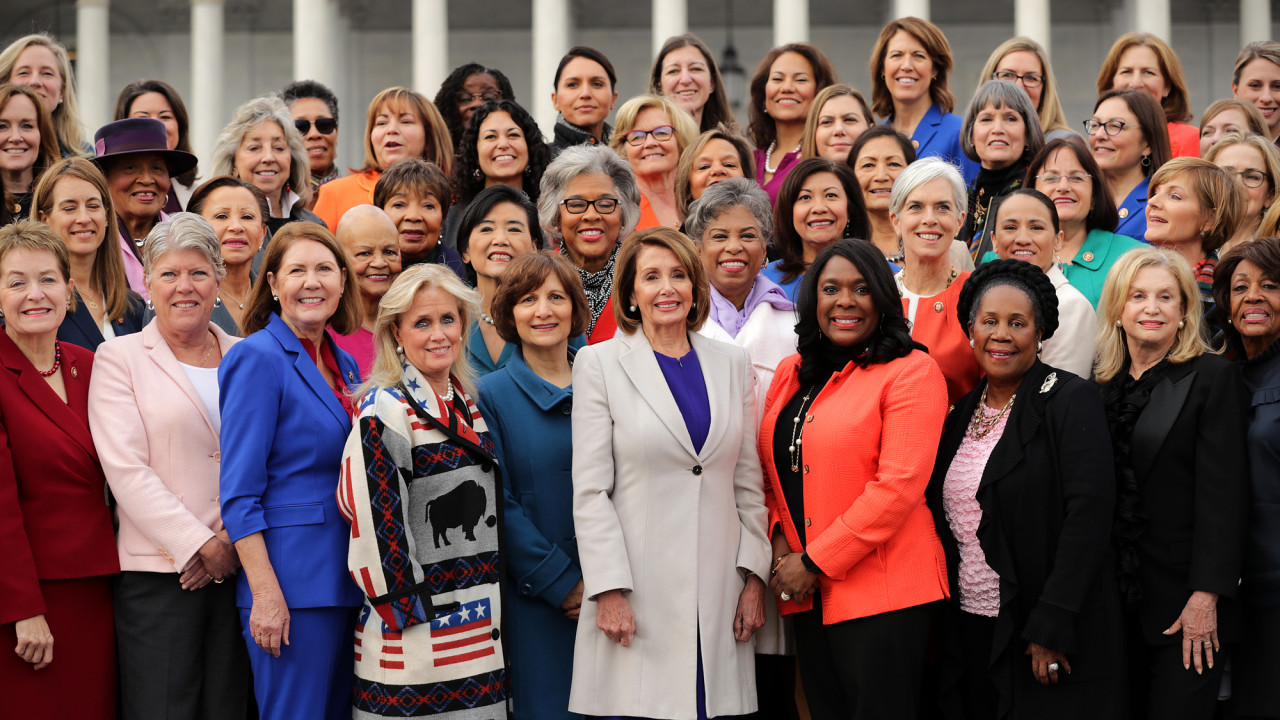As this year comes to a close, the American people are
constantly reminded of the upcoming 2020 election and many hopeful democratic
candidates want a chance to challenge President Trump’s incumbency. One such
candidate is Senator Kamala Harris. A successful lawyer and politician, Harris
has received less than consistent support throughout the primaries, with
polling numbers ranging from four
to fifteen percent. Part of Senator Harris’ strategy to gain a stronger hold seems to involve comparing
her rich intersectional identity to her less diverse opponents. While Senator
Harris does not seem to hold any punches, there is one obvious target she
refuses to acknowledge, Senator Elizabeth Warren and her alleged cultural
appropriation.
Senator Harris has put in much effort to
remind voters of her strong focus on Minorities and Women and the intersectional relationship these groups form. No matter what the subject
matter, Senator Harris can always seem to highlight the effects that subject
has on these groups. For example, with the exemption of one question regarding
Trump’s foreign policy with North Korea, Harris was able to mention either
women or minorities (if not both) in all of her responses in the recent
November debate.
Harris not only targets systematic
problems dealing with intersectionality but often criticizes her opponents on their
inability to deal with such subjects. In the November debate, Harris criticized
Mayor Pete Buttigieg as being a politician who merely “show[s] up in a black church and want[s] to get the
vote, but just [hasn’t] been there before” Additionally, Harris attacked Vice President Biden’s
history with busing and school segregation, stating that if politicians like
him had their way, she would not have been able to run for president.
Senator Harris’ strategy seems to be a perfect
example of identity politics. In other words, Harris’ main affiliation is not with her party,
but rather with the identity she carries, mainly an African American Woman. For
example, in the recent debates, while Harris brought up the broad terms such as
“diversity” when speaking about specific races, she mentioned the terms Black/African
American ten times while she only mentioned other minority races (Hispanics and
Native Americans) once respectively. What this shows is that while Senator
Harris would like to be seen as a representative over all minorities and intersectional
groups, when she must focus on one group, it is most often the group with whom
she identifies.
Whether
consciously or subconsciously this judicious use of identity politics is
representative of Descriptive Representation. Descriptive Representation is the
theory that voters feel a sense of trust and unity with a representative that
looks like them and shares their unique identity. For instance, the theory would affirm that African American Women would be inclined to trust Harris because they share
similar experiences and would do a better job representing them over a white
male politician.
As mentioned above Senator Harris shows how her opponents
would not be as good as a representative as she would by highlighting their
lack of experience and/or past blunders. That being said, Harris’ offensive use
of identity politics is not unilaterally distributed among her opponents. In
fact, most of her callouts are aimed at the white candidates, with minority candidates like Cory Booker and Andrew Yang walking away
unscathed. This decision makes sense as a debate with other minorities over who
is more privileged would be far from beneficial. However, Harris’ decision not
to pursue Elizabeth Warren does not seem to follow any pattern.
On the surface, Warren seems like the most eligible candidate
for Harris’ attacks. In October of last year, Warren was accused
of falsely identifying as a Native American to gain a prestigious position at
Harvard Law School. After
much negative press from new sites and President Trump, Warren agreed to take a
DNA test to prove her Native American Lineage. While not peer-reviewed, the
test was not particularly useful to her defense. The test showed that she had a
Native American Ancestor anywhere from
six to ten generations ago. Warren also faced public criticisms from Native Americans
in the Cherokee Nation stating that DNA does not equal identity and that no
blood test could prove she was native American.
These serious allegations of cultural appropriations for
personal benefit would seemingly serve as perfect ammunition for Harris to use,
yet she has yet to mention it. While Harris’ lack of action could be explained
by many theories (such as not wanting to mimic Trump), one possible explanation
made via Identity politics. Harris’ inaction could be due to her personal
intersectional identity not qualifying her to talk on the subject. Because
Harris does not identify as Native American, she may not feel qualified to call
Warren out on her alleged appropriations. Since Harris is not a Descriptive
Representative of Native Americans, any actions she might take on their behalf could be seen as self-promoting virtue-signaling.
In conclusion, Kamala Harris is bringing a more advanced form of identity politics to the 2020 primaries. By focusing her efforts on her own intersectional identity and avoiding fights outside of her identity’s scope she works towards securing de facto legitimacy over the African American and female subsections of the electorate.






